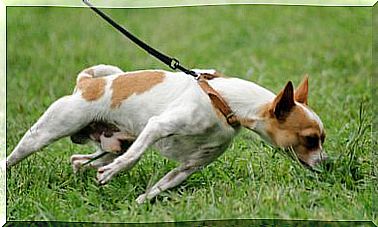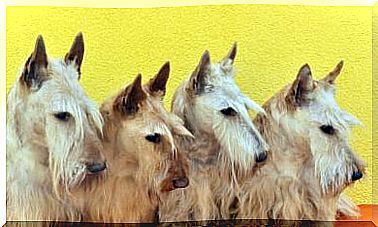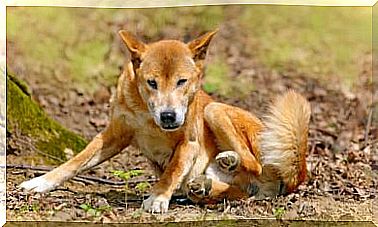Animal Ethology: What Is It?
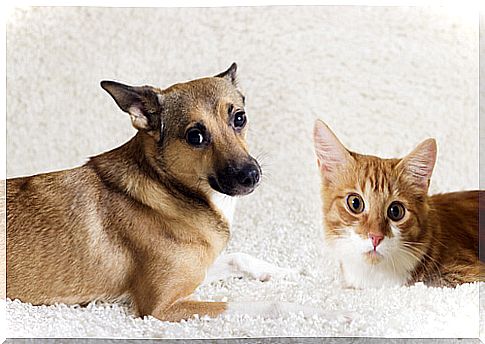
Ethology is the branch of biology that studies animal behavior in order to describe and explain it. This behavior is determined by both genetic and environmental factors and is understood as the way of acting and relating that each species has with the environment, its peers and those close to it.
Animal behavior factors
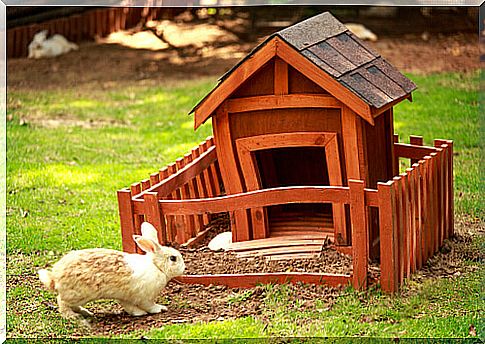
The genetic part of animal behavior constitutes the accumulation of characteristics that define the general temperament, both inherited and innate.
The environment, for its part, influences the final behavior of the animal, since external stimuli can determine both phobias or traumas and good behaviors.
In addition, there are internal factors such as hormones, brain injuries or pain that can also change behaviors.
Ethology is a recent discipline that studies animal behavior. Its aims and methods were formally established in the second half of the 20th century.
Ethology: some historical background
It can be pointed out that man began to be interested in the behavior of animals when he became a hunter.
Five thousand years before Christ, for example, the Sumerians left written on the clay about the behavior of birds and fish.
Also, Aristóteles de Estariga allocated 2 volumes to identify and classify different behaviors of the animal kingdom based on observations and interpretations that he had collected from travelers and explorers who visited distant places.
It took many years for Charles Darwin, in the 19th century, to expose his theory of evolution by natural selection of species.
Ethology, a recent science
Ethology is, then, a discipline that can be classified as recent. Its aims and methods were formally established only in the second half of the last century.
In 1963, the Dutch scientist Nikolaas Tinbergen published the article “About the aims and methods of ethology”.
Ten years later, Tinbergen, along with Konrad Lorenz and Karl von Frisch, received the Nobel Prize for their studies on the behavior of animals. Thus, ethology became a science with its own entity.
In contrast, while Europeans put emphasis on observing animals in the natural habitat of each species, from the American continent they insisted on research carried out in the laboratory.
Finally, at present there is a coincidence in affirming that animal behavior results from the interaction between genetic and environmental factors.
Questions to explain animal behavior
The ethogram is the instrument by which the behaviors of an animal are collected through observation. To explain these behaviors we can use the four questions posed by Timbergen:
- Cause. What are the stimuli, both internal and external, that provoke the behavior?
- Survival Value. How does this behavior contribute to the survival and reproductive success of the species?
- Ontogeny. How does behavior develop throughout the life of the animal?
- Evolution. In what form did the behavior appear?
What is clinical ethology?
The so-called “clinical ethology” is dedicated to studying behavioral changes in animals. Veterinarians use it to treat various diseases. But the goal is broader and also involves the prevention, diagnosis, and treatment of pet behavior problems.
In this way, an attempt is made to avoid behaviors that can be dangerous or annoying for people. Also, avoid those that can injure or make pets sick. For instance:
- Aggressive behavior
- Excessive barking
- That they relieve themselves in the wrong places
Understand animals to understand us

Understanding the behavior of animals should also contribute to the survival of the different species that are increasingly threatened in their natural habitats.
In addition, this will help humans, when trying to understand animals, understand ourselves more and thus be able to coexist in harmony with the totality of living beings that populate the planet.
This is where some of the next ethology challenges should pass.


